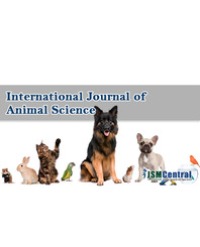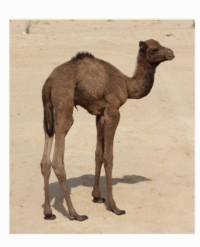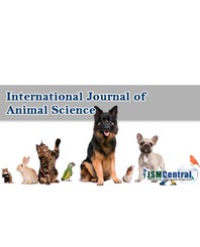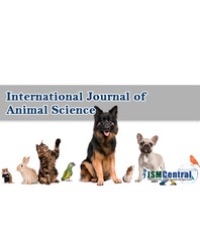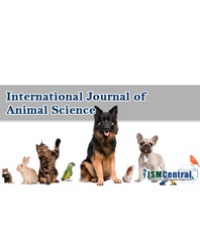
Growth Promoting Effects of Dried Nettle Extracts and its Impact on Hematology and Antibody Titer in Broiler Chickens
The aim of this research is to find out the influence of Nettle Leaves Extract (NLE) powder on the growth performance and immune response in broiler chickens. A total of 400 day old chicks (ROOS-308) were used. Treatments included basal diet (control), control+0.15% NLE, control+0.20% NLE, control+0.25% NLE and control+0.6% flavomycine (positive control) replicated 4 times each. Body weight gain, feed intake and feed conversion ratio were recorded weekly. Blood samples were collected from 4 birds in each treatment at the age of 36 day (a week after last Newcastle vaccination) for antibody determination and hematological parameters and white blood cell differential count. Cutaneous Basophil Hypersensitivity (CBH) response was used to measure the cell mediated immunity at the age of 28 days. Results showed that feed conversion ration were significantly better in NLE treated diets in any of rearing periods and less feed intake particularly in younger age (1-14 d). No positive immune response was seen by NLE levels except the basophil ratio increased by NLE diets. Red blood cells concentration increased significantly by NLE fortification as compared with control. Different levels of NLE caused significantly different hemoglobin and hematocrit values. Finally it is concluded that NLE has a strong growth promoting ability and has potential to impact on the hemoglobin and hematocrit.
Seyed Mohammad Hashemi¹*, Ali Soleimanifar¹, Seyed Davood Sharifi², and Nasim Vakili³

